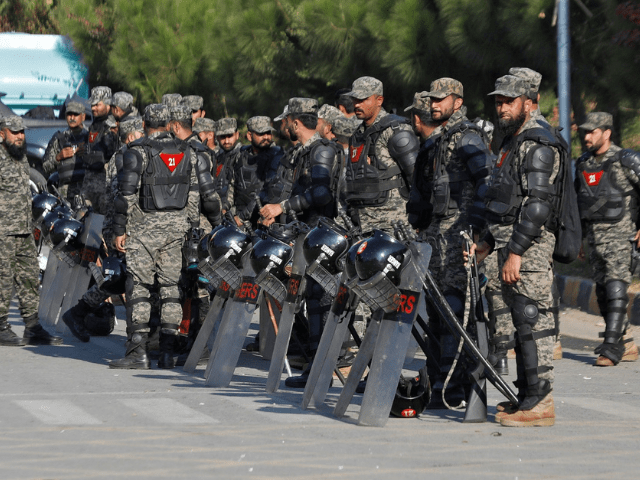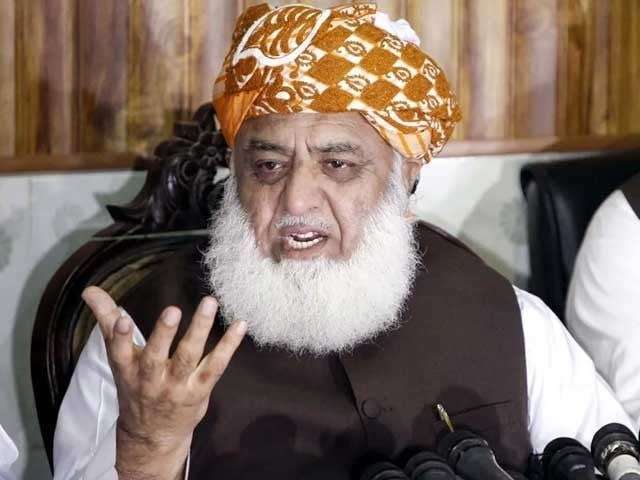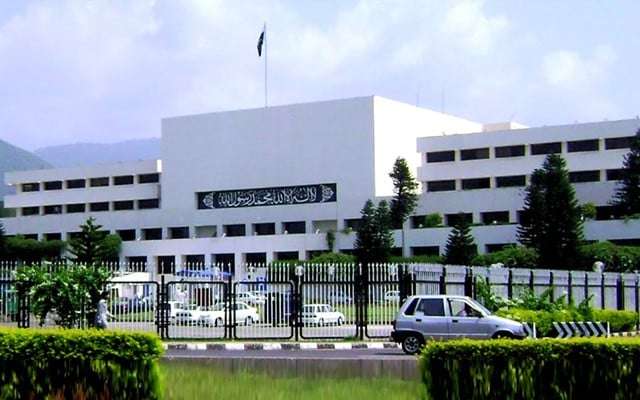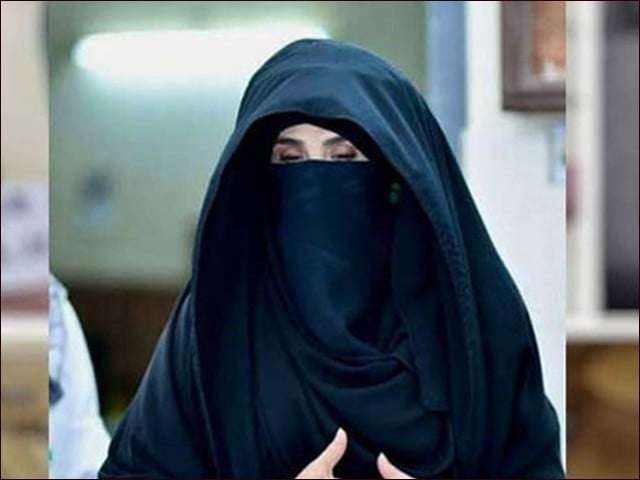PTI Chairman Barrister Gohar Says Talks Are Underway
Introduction
PTI convoys led by Khyber Pakhtunkhwa (K-P) Chief Minister Ali Amin Gandapur and Opposition Leader Omar Ayub have entered Punjab province following a call to action by Pakistan Tehreek-e-Insaf (PTI) founder Imran Khan. The convoys, originating from the Hazara Interchange, are heading towards D-Chowk in Islamabad amidst heavy resistance from law enforcement agencies.
Intense Shelling at Ghazi Brotha Bridge
As the PTI convoys advanced, they encountered heavy police resistance at the Ghazi Brotha Bridge, leading to intense shelling. Despite the police crackdown, Omar Ayub’s convoy managed to push back Punjab Police forces at the Hazara Interchange. Ali Amin Gandapur, leading the Hazara Division convoy, played a crucial role in breaking through police barricades.
Convoys Press Forward
After overcoming the police blockade, the convoys continued their journey with vehicles stretching over two kilometers. On the Hazara Motorway, PTI supporters successfully forced the police to retreat, resulting in violent clashes and heavy stone-pelting. Several police personnel were injured, including DSPs Chaudhry Zulfiqar and Shahid Gilani, and ASI Tabassum. DSP Zulfiqar suffered significant injuries to his back and legs during the confrontation.
Talks Underway
Barrister Gohar Khan and Saif held a 90-minute meeting with PTI founder Imran Khan in Adiala Jail, Rawalpindi. Following the meeting, Barrister Gohar confirmed that Imran Khan’s call for protest remains final and rumors about its cancellation are untrue. He emphasized that the PTI founder’s stance on the protest is unchanged and the movement will proceed as planned.
Strategic Discussions
The meeting focused on strategic discussions regarding the ongoing political situation and the party’s future course of action. When asked about ongoing negotiations surrounding the protest, Barrister Gohar assured reporters that updates would be provided in due course but did not offer further details.
Final Call for Protest
The PTI has given its final call for the protest to meet four demands:
- Release of all political prisoners, including Imran Khan.
- Reversal of the 26th Constitutional Amendment.
- Restoration of democracy and the Constitution.
- Return of the allegedly “stolen mandate.”
Imran Khan’s Appeal
The demands surfaced on November 13 after Imran Khan urged people via a post on X (formerly Twitter) to reach Islamabad and not return until the demands were met. The PTI stated that its rallies would convert into a sit-in in the federal capital and end only when the demands are met.
Government’s Response
The Pakistan Muslim League-Nawaz (PML-N)-led government, backed by a recent order of the Islamabad High Court (IHC), stated that protestors would not be allowed to enter the capital and no leniency would be shown this time around.
Security Measures
In anticipation of potential clashes and in view of Belarus President Alexander Lukashenko’s visit, the government placed containers to block all main arteries leading to Islamabad. The blockade brought the twin cities and several other cities in Punjab to a standstill. The government also began sudden repair work on different motorways and shut down the internet in several areas.
Internet Services Suspension
The interior ministry announced that WiFi and mobile internet services would be suspended in areas with “security concerns,” but would remain operational elsewhere. However, internet tracking monitor Netblocks reported restrictions on WhatsApp backends in Pakistan. This decision was part of the government’s strategy to block communication ahead of the planned protests.
Section 144 Imposition
Before the march began, the federal and Punjab governments imposed Section 144 of the Criminal Procedure Code (CrPC), a legal measure enabling district administrations to temporarily ban public gatherings, and denied PTI permission to hold the protest. Despite this, PTI supporters took to the streets.
March Leadership
Ali Amin Gandapur led the march from Khyber-Pakhtunkhwa, joined by provincial leadership, workers, supporters, and Imran Khan’s wife, Bushra Bibi. Although the caravans had entered Punjab, they were unlikely to reach Islamabad by Sunday night.
Gandapur’s Address
In a brief address to workers in Swabi, Gandapur urged them to press forward and not retreat until Imran Khan’s release, calling on protesters to use all their strength to clear the path to the federal capital.
Clashes at Attock Bridge
As the PTI convoy reached the Punjab boundary, the police started shelling them at the Attock Bridge, Chach interchange, and Ghazi Barotha canal areas. Gandapur directed the convoy to stop at Ghazi Maqam for a while, urging workers to prepare for a “battle ahead.”
Bushra Bibi’s Address
Bushra Bibi also addressed the workers, asking them to move quickly in their vehicles instead of walking along the march, stressing they must move fast and not return without bringing Imran Khan back.
Nationwide Mobilization
The K-P saw the largest mobilization of participants, but rallies also set out from various parts of Punjab, Sindh, and Balochistan. In Punjab, opposition supporters marched from cities including Lahore, Rawalpindi, Gujranwala, Sialkot, Mianwali, Kasur, Okara, and Vehari, among others.
Breaching Barricades
Despite heavy police and Rangers’ deployment, many PTI workers managed to breach barricades and evade restrictions to reach the capital. Throughout the day, PTI workers and law enforcement officials clashed in different parts of Punjab.
Several Leaders Arrested
A media report suggested that several PTI leaders, including PTI’s chief whip in the National Assembly Amir Dogar and Zain Qureshi, were arrested in Multan. Reports from the Punjab police spokesperson indicated around 600 people had been arrested for violating Section 144 in Punjab.
Interior Minister’s Statement
Interior Minister Mohsin Naqvi promised to restrict protestors outside Islamabad. Naqvi reviewed security arrangements in Islamabad, Rawalpindi, and Attock and expressed satisfaction with the arrangements. He stated that necessary measures had been taken to ensure peace and public order in compliance with the IHC’s order and that strict action would be taken against “miscreants” according to the law.
FAQs
1. What are the main demands of the PTI protest?
The PTI’s main demands include the release of all political prisoners, including Imran Khan, the reversal of the 26th Constitutional Amendment, the restoration of democracy and the Constitution, and the return of the allegedly “stolen mandate.”
2. What is the significance of Section 144 in this context?
Section 144 of the Criminal Procedure Code (CrPC) enables district administrations to temporarily ban public gatherings, which has been imposed by the federal and Punjab governments to prevent PTI from holding protests.
3. Why was internet service suspended in certain areas?
The government suspended WiFi and mobile internet services in areas with “security concerns” as part of its strategy to block communication ahead of the planned PTI protests.
4. What were the outcomes of the meeting between Barrister Gohar Khan and Imran Khan?
The meeting confirmed that Imran Khan’s call for protest remains final and that the movement will proceed as planned. Strategic discussions were held regarding the ongoing political situation and the party’s future course of action.
5. How has the government responded to the PTI protests?
The government has placed containers to block main arteries leading to Islamabad, imposed Section 144 to ban public gatherings, conducted sudden repair work on motorways, and shut down internet services in certain areas to prevent the PTI protests.



